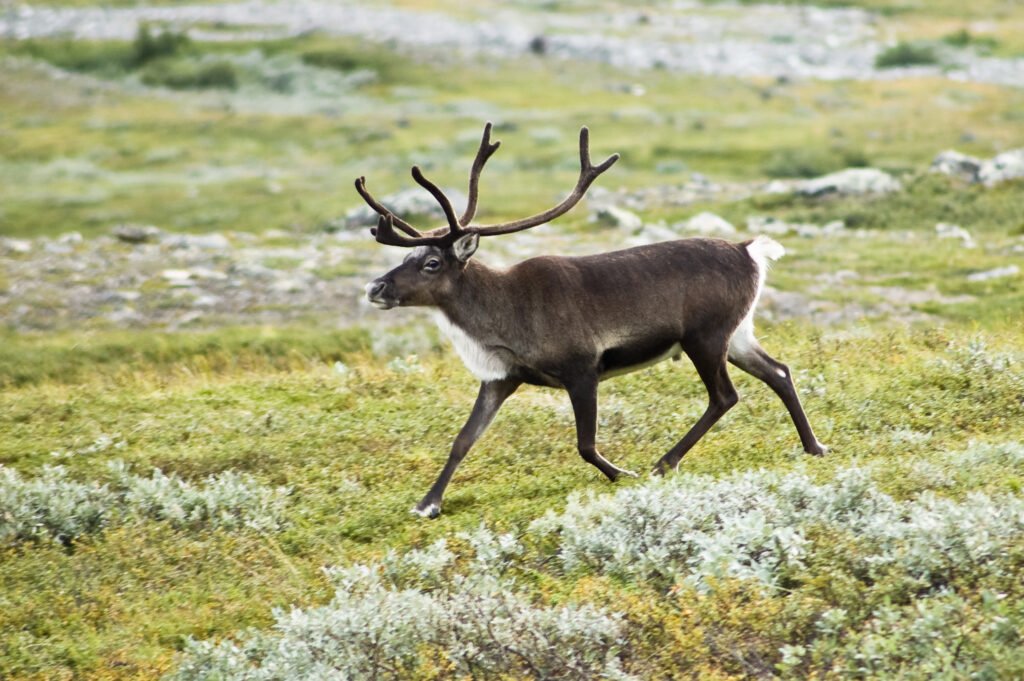A shiver runs down the spine of the northern wilderness—one that echoes not just in the icy air, but in the hollowing silence left by the vanishing herds of caribou. Once, these majestic animals traversed the tundra in such vast numbers that the land itself seemed to move in waves of antlers and hooves. Today, their numbers are dwindling, and the haunting question is not just why this is happening, but what it means for the fragile balance of the world they inhabit. The caribou’s story is more than a tale of a species in peril—it is a mirror reflecting the health of entire ecosystems and our own connection to the planet’s wild heart.
The Legend of the Caribou: More Than Just a Species
Caribou, also known as reindeer in some parts of the world, have long been woven into the cultural and ecological fabric of the North. For Indigenous peoples like the Gwich’in and the Inuit, caribou are not just animals—they are lifelines, spiritual symbols, and ancient partners in survival. These creatures have inspired countless stories and traditions, acting as a backbone for northern societies. Even for those who have never seen a caribou in the wild, their image conjures up visions of untamed wilderness and the raw power of nature. The decline of the caribou threatens to unravel not just food chains, but also the cultural threads that bind communities to the land.
Population Plunge: The Alarming Numbers
The decline of caribou populations has been nothing short of dramatic. In the early 1980s, the Bathurst herd in Canada numbered over 450,000 individuals. By 2025, that number has plummeted to fewer than 8,000. Similar crashes have been recorded across North America and Eurasia. Scientists warn that many herds are now at their lowest recorded levels, with some facing imminent extinction. These numbers aren’t just statistics; they are a warning siren for the health of northern ecosystems. To put it simply, when caribou disappear, it signals a deeper sickness in the land.
Climate Change: The Invisible Predator
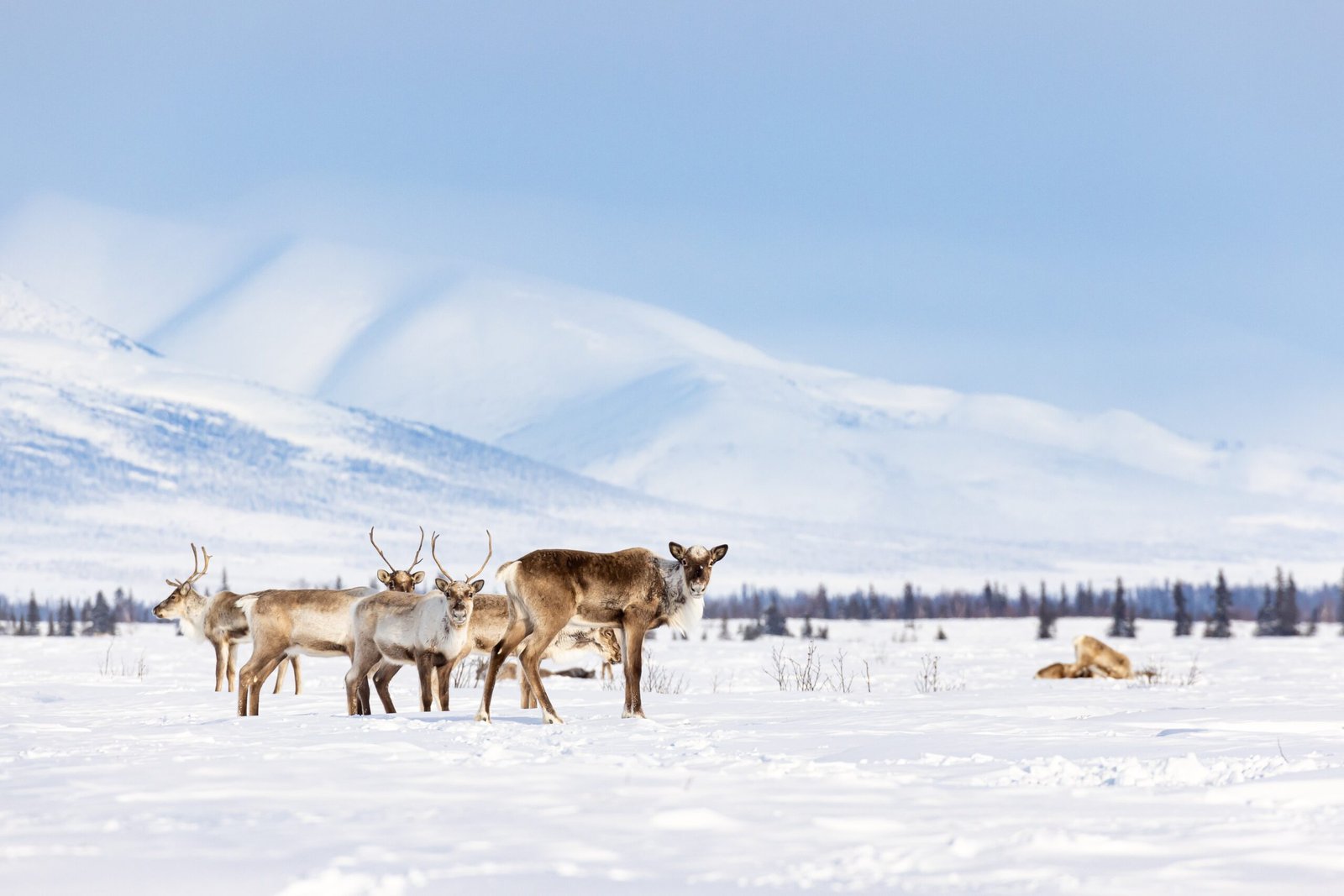
Climate change is often described as a silent threat, but for caribou, its effects are loud and clear. Warmer winters have led to increased freezing rain, which creates icy layers on top of snow. Caribou, who rely on digging through snow for lichen—their main winter food—find themselves cut off from their meals. Summers bring other dangers, like more frequent wildfires, which destroy ancient lichen beds. As seasons shift and weather becomes more unpredictable, caribou struggle to adapt. These changes aren’t just inconvenient—they can be deadly, especially for calves born into an increasingly hostile world.
Habitat Fragmentation: A Landscape Divided
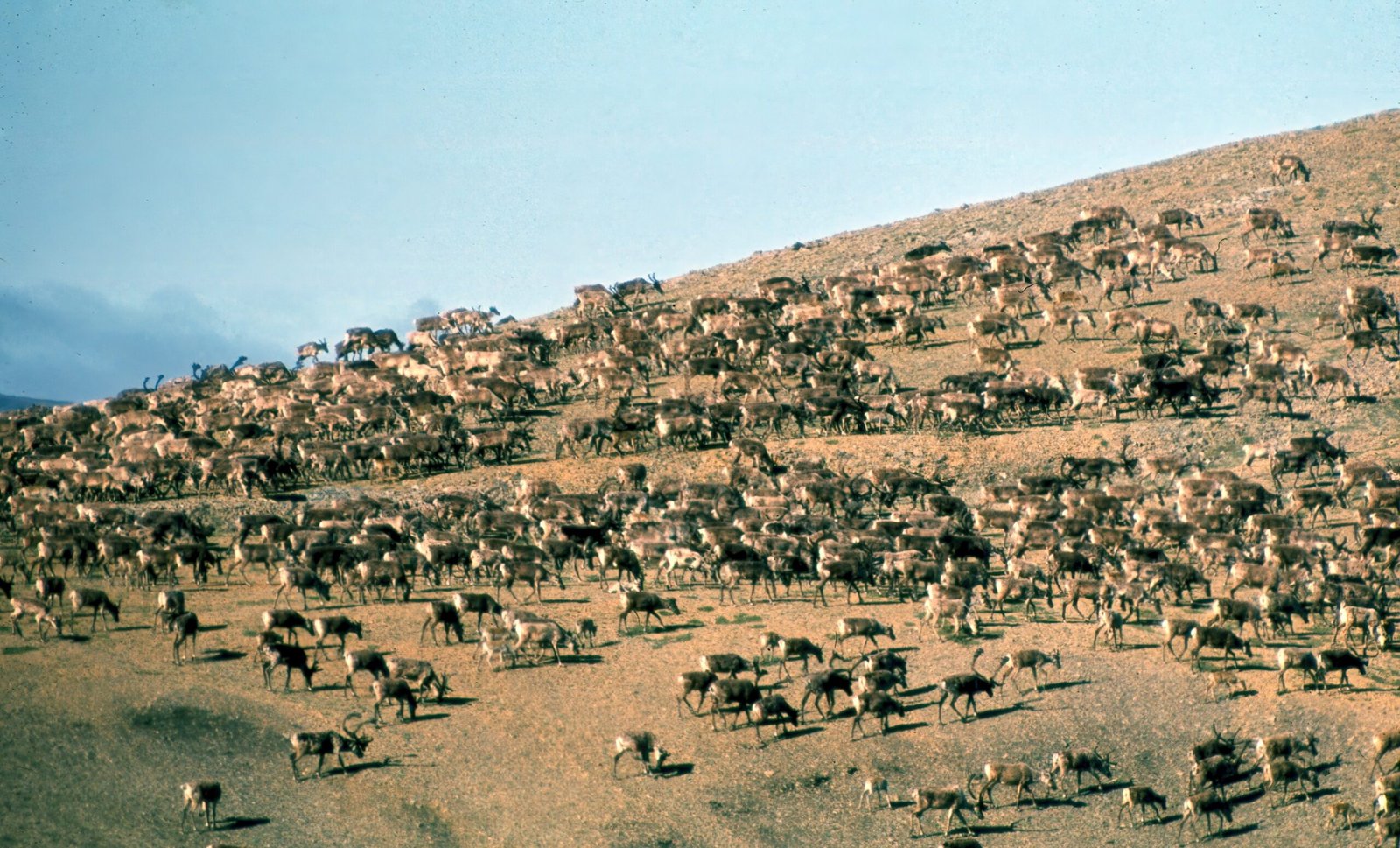
Few animals require as much room to roam as caribou. Some herds migrate thousands of kilometers each year, crossing forests, rivers, and tundra in search of food and safety. But their vast territories are being chopped up by roads, pipelines, and mining operations. Every new development carves up the landscape, making migration more dangerous and isolating herds from one another. When caribou can’t move freely, their chances of finding food, mates, and shelter drop. Fragmented habitats often lead to smaller, inbred populations that are more vulnerable to disease and environmental shocks.
Predator-Prey Imbalance: Wolves on the Rise
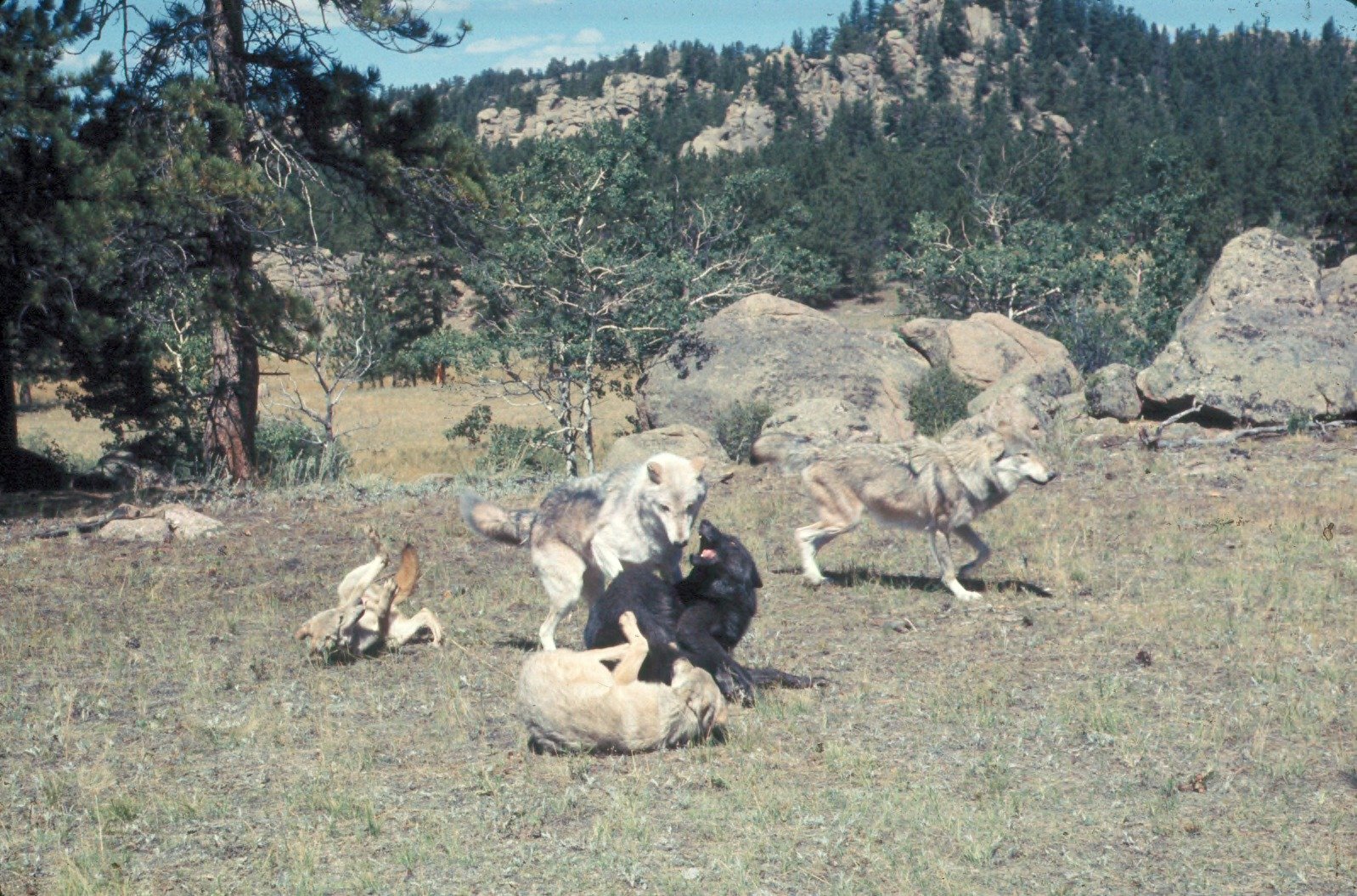
The relationship between caribou and their predators—especially wolves—is a delicate dance that has played out for millennia. But as human activities alter the landscape, this balance has tipped. Logging and roads make it easier for wolves to travel and hunt, putting additional pressure on shrinking caribou herds. In some regions, populations of moose and deer (which thrive in disturbed habitats) have exploded, drawing more wolves into caribou territory. The result is a perfect storm of predation at a time when caribou can least afford it. While predator management has been tried, it is a controversial and often temporary fix.
Industrial Expansion: The Cost of Progress
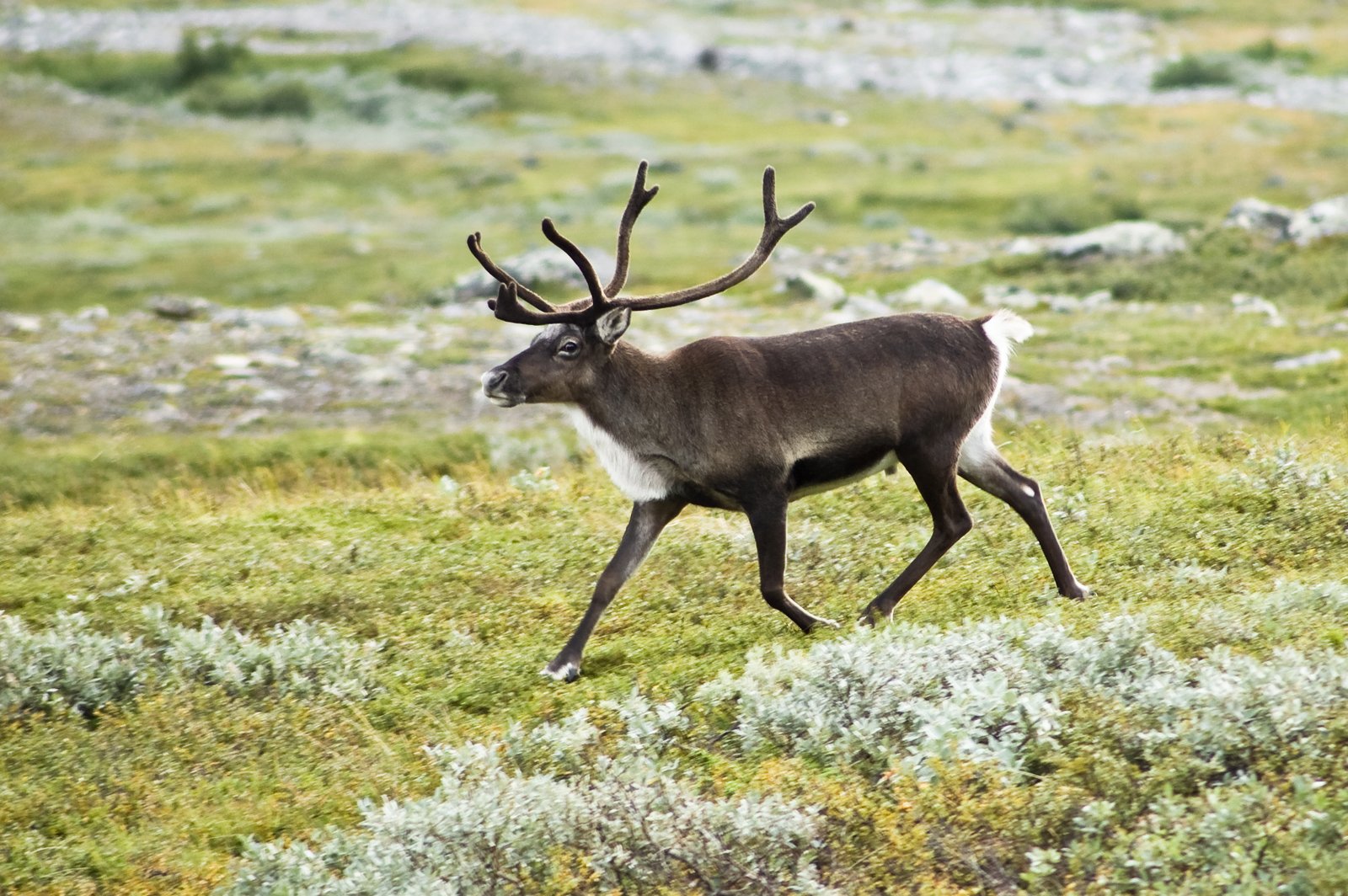
Northern forests and tundra are rich in resources—oil, gas, minerals, and timber. The rush to extract these resources has led to a patchwork of roads, seismic lines, and clear-cuts that dissect caribou habitat. Industrial noise and activity disrupt migration routes and calving grounds, sometimes scaring pregnant females away from safe areas. Even small disturbances can have outsized effects, causing caribou to abandon traditional habitats that have sustained them for generations. The economic boom for humans often comes at a steep price for wildlife, with caribou paying the highest cost.
Traditional Knowledge: Lessons from the Land
Indigenous peoples have observed and coexisted with caribou for thousands of years, developing a deep understanding of their behavior and needs. Elders speak of changes in migration patterns, calving times, and even the taste of caribou meat—subtle signs that the land is in trouble. This traditional knowledge is now being combined with modern science to paint a fuller picture of what caribou need to survive. Collaborative research projects are showing that solutions must respect both ecological science and the wisdom of those who know the land best.
Conservation Battles: Race Against Time
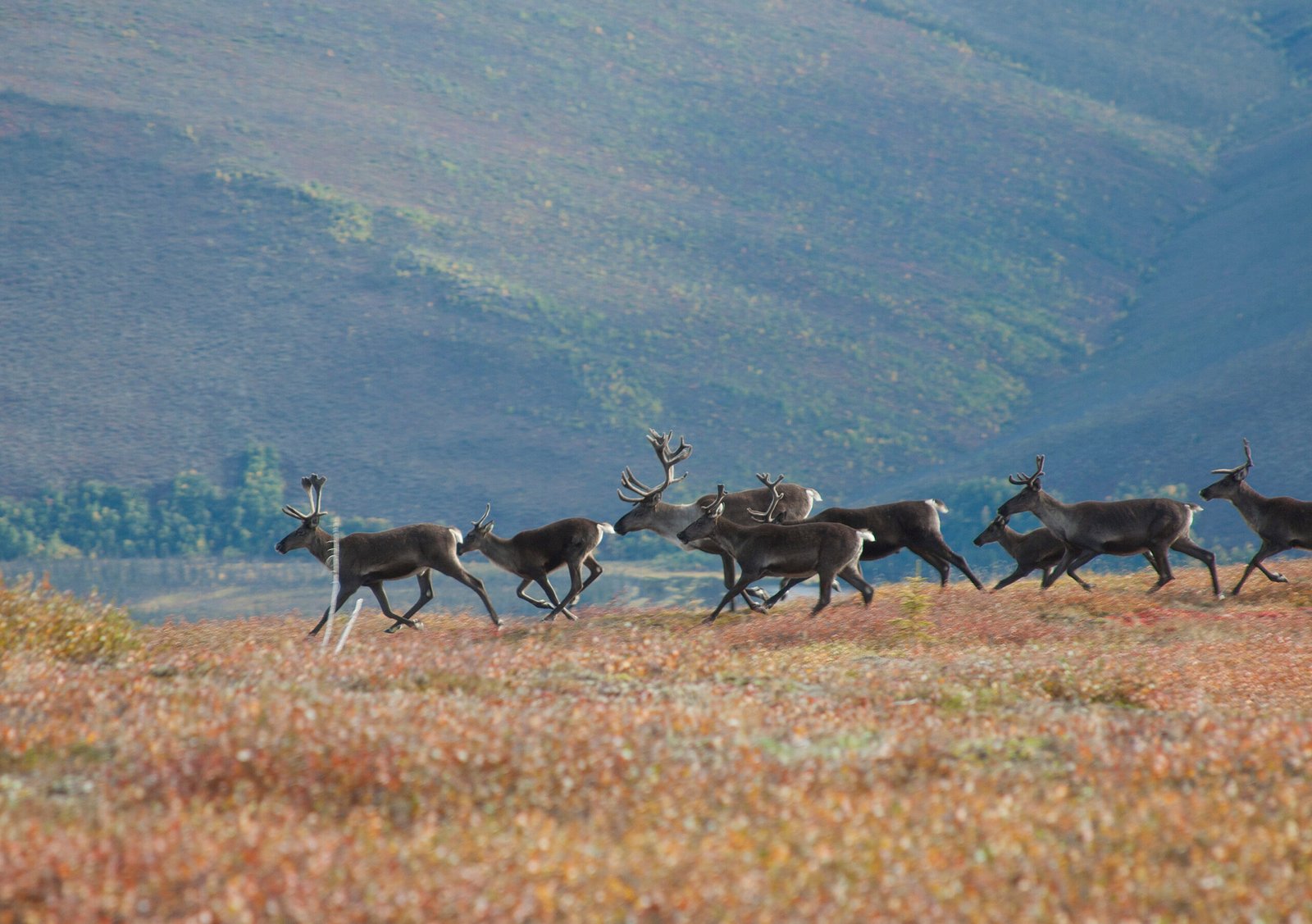
Efforts to save caribou are underway, but the clock is ticking. Protected areas have been established, and restoration projects are attempting to heal damaged habitats. Governments, scientists, and Indigenous communities are working together to find ways to balance development with conservation. Some herds are being closely monitored, with emergency measures like predator control and captive breeding. Yet, progress is slow, and funding is often scarce. The fate of the caribou hangs in the balance, with every year bringing new challenges.
Ripple Effects: What Caribou Reveal About Ecosystem Health
Caribou are sometimes called a “canary in the coal mine” for northern ecosystems. Their decline points to deeper problems—pollution, loss of old-growth forests, and the cumulative impacts of climate change. Other species, from lynx to migratory birds, are also feeling the strain of a changing environment. When caribou disappear, it is not just their loss, but a signal that the web of life is unraveling. Healthy caribou herds mean healthy forests, rivers, and tundra, benefiting countless plants and animals.
Human Connection: Why This Crisis Matters
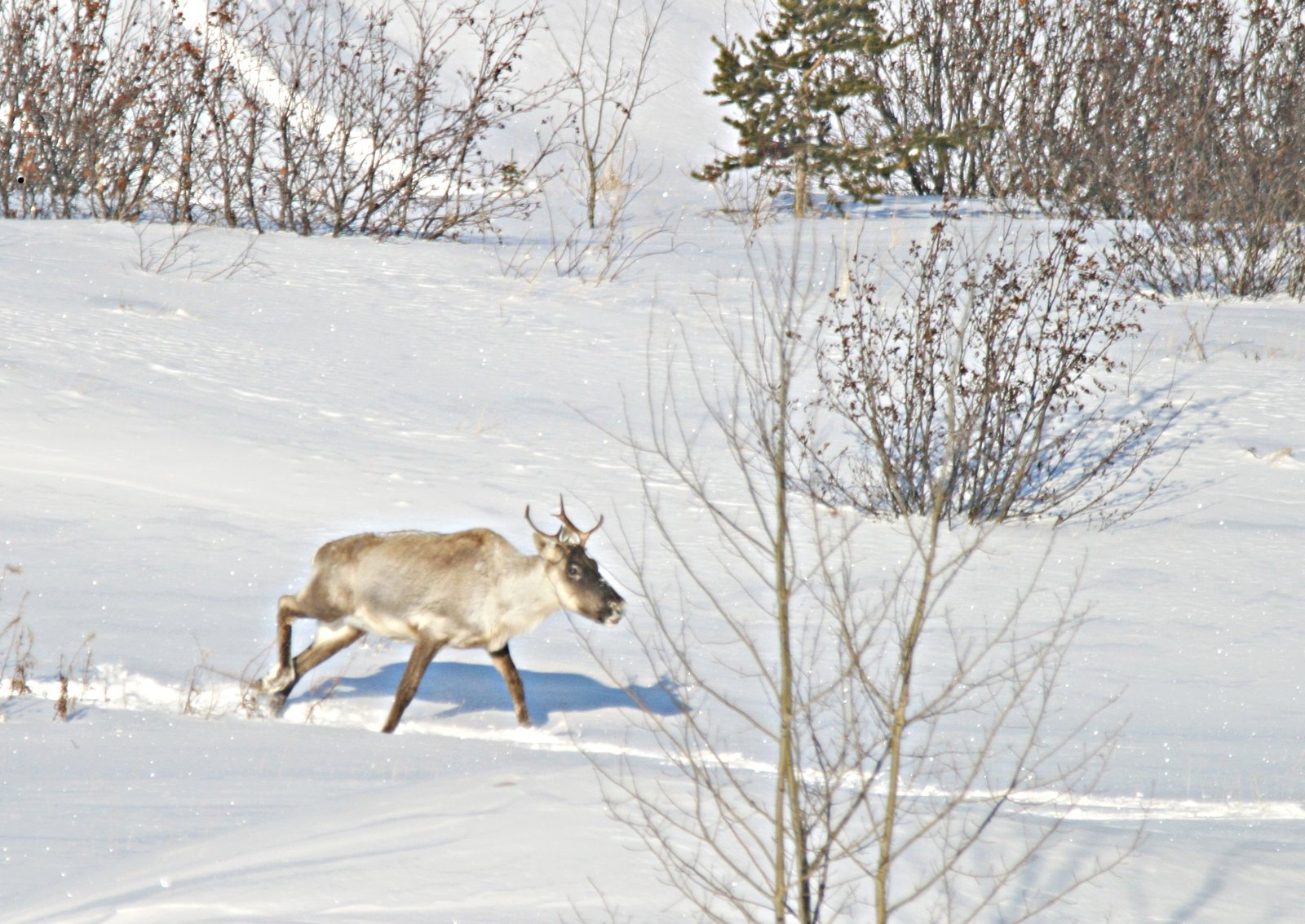
The fate of caribou is not just a wildlife issue—it is a human one. Northern communities risk losing a vital part of their heritage, economy, and identity. People who depend on caribou for food, clothing, and culture are forced to adapt in heartbreaking ways. Even those living far from the tundra are connected through the choices we make—every product we buy and every policy we support has ripple effects on the wild places that sustain us all. The crisis facing caribou is a reminder that our lives are intertwined with the natural world in ways we may not always see.
Hope and Resilience: Paths Forward
Despite the grim headlines, there are glimmers of hope. Innovative projects are restoring habitat, and some herds have shown signs of stabilizing when given space and protection. Indigenous stewardship programs are leading the way, blending ancient wisdom with modern tools to safeguard both caribou and the land. Each success story—no matter how small—proves that recovery is possible when people come together with determination and respect for nature. The resilience of the caribou, and the communities who fight for them, offers inspiration in a world desperate for good news.
Reflections on a Vanishing Icon

The story of the caribou’s decline is one of loss, but also of warning and awakening. It challenges us to rethink our relationship with the wild and to recognize the hidden costs of progress. As the northern lights shimmer above empty tundra, the question lingers: will we act in time to save this northern icon and the world it represents, or will their silence become our own?

